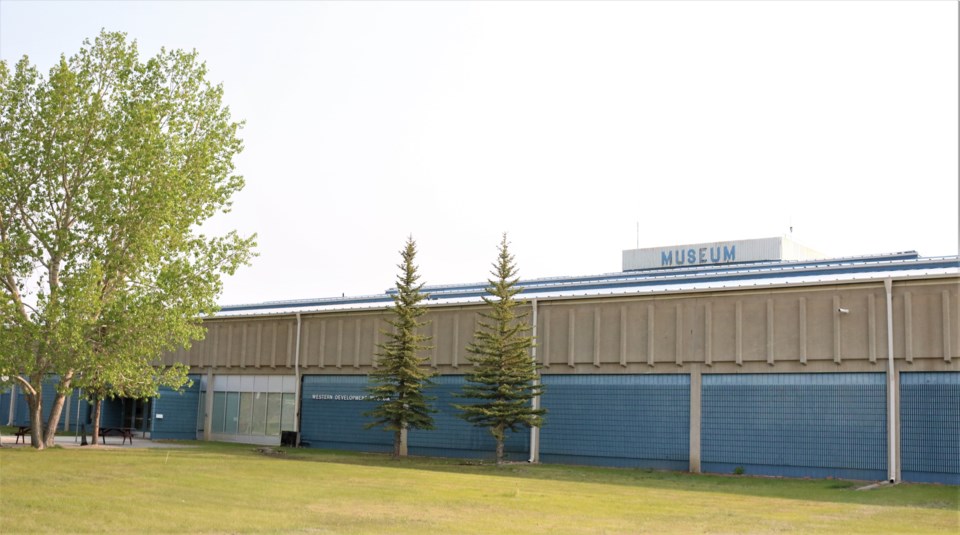Reconciliation over past mistreatment and disrespect of Indigenous people and their culture in Canada goes beyond formal government apologies and monetary compensation.
The Museums Association of Saskatchewan (MAS) is playing a role in reconciliation by working with member museums to respectfully present Indigenous artifacts and remove stereotypical information.
“Museums relate to everybody,” says Michelle Brownridge, MAS community engagement co-ordinator.
She describes museums as “essentially colonial institutions” with collections developed under European eyes.
“It’s really important to start the conversation with Saskatchewan museums about the treaty reconciliation commission and rights of Indigenous people.”
Reconciliation “recognizes the harms and mistakes of the past.” A MAS committee is consulting with Indigenous peoples of Saskatchewan.
“Museums are seen as educational institutions and often when you go into a museum you’re investing a great deal of trust in that accurate information.”
School children visit museums, often developing their impression of the past.
“When the content doesn’t represent all viewpoints of society that can really start to perpetuate harmful, stereotypes and become single-minded.”
Many Saskatchewan museums are based on the pioneer era, have value and are meaningful.
“What we need to understand is there is a whole other story that isn’t necessarily being told when we are speaking about the pioneer era. It doesn’t talk about dispossession and displacement of Indigenous people.”
The Western Development Museums have adopted plans to remedy lack of the Indigenous story in collections with a goal of putting in an Indigenous voice “where everyone belongs and all histories matter.”
History doesn’t have to be rewritten.
Brownridge pointed to changes in a United States diorama of the pilgrims as an example. The diorama depicted Indigenous women as subservient when they were society leaders.
Instead of removing the diorama, the museum built a series of panels explaining that Indigenous women were knowledge keepers and decision makers, leaders in their culture and pointing out how complex colonization was.
Museums with Indigenous artifacts should consult with First Nations on the “appropriate handling and display, as some of these like head dresses are sacred and ceremonial and should not be displayed.
“Knowledge keepers in appropriate communities are the ultimate authorities for display and interpretation of artifacts.”
The Ancient Echoes Centre near Herschel consulted with nearby First Nations on its extensive collection and the Clayton McLean Museum at Cutknife consulted local First Nations about handling of its huge Indigenous collection.
Brownridge's remarks were made at the 49x110 Tourism Conference in Swift Current.
Ron Walter can be reached at [email protected]




